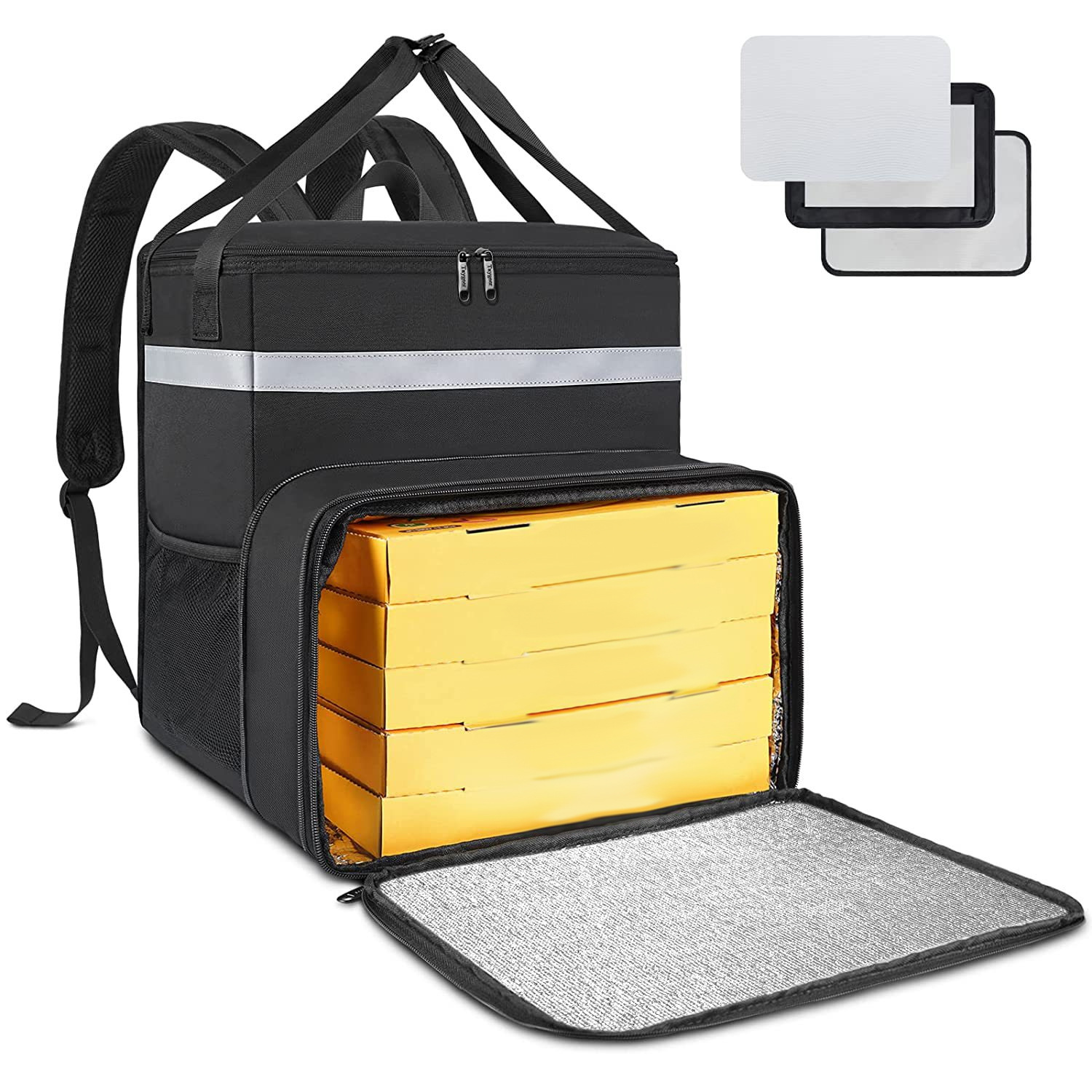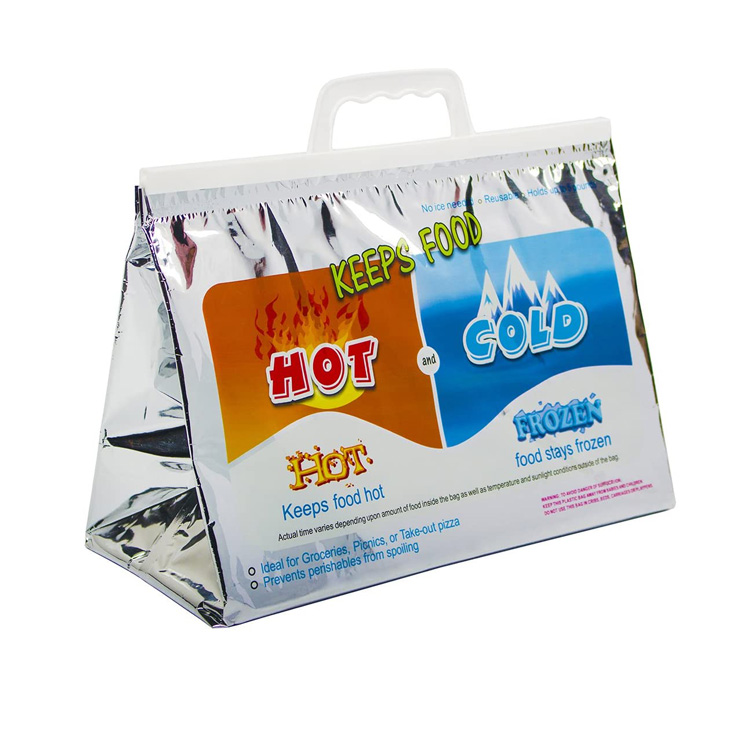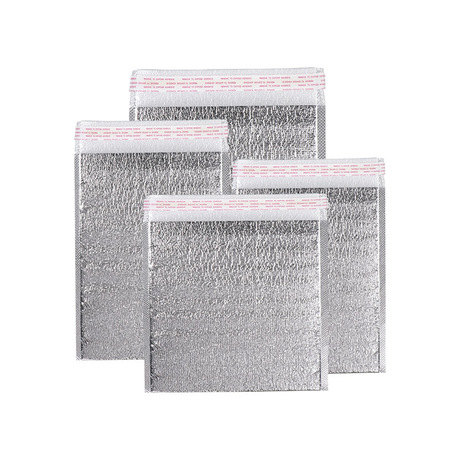In der Eisbeutelindustrie, Das Streben nach optimaler Kaltbindung ist ein konstantes Ziel. Unter verschiedenen Kühllösungen, Trockeneisbeutel haben sich als leistungsstarke Option für die Erreichung eines erweiterten Kühlraumlageres und Transports entwickelt.
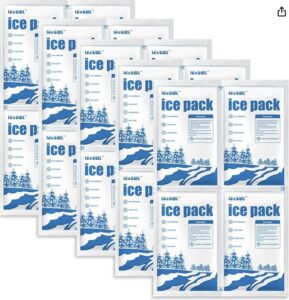
Trockeneisbeutel bieten mehreren unterschiedlichen Vorteilen gegenüber traditionellen Eisbeuteln. Erstens, Ihre extrem niedrige Temperatur ist ein großes Highlight. Trockeneis ist festes Kohlendioxid, Sublimation bei einem kalten -78,5 ° C (-109.3° F). Diese signifikant niedrigere Temperatur im Vergleich zu normalem Eis (Schmelzen bei 0 ° C oder 32 ° F.) Ermöglicht trockene Eisbeutel, eine viel kältere Umgebung für eine längere Zeit aufrechtzuerhalten. Zum Beispiel, Im Transport verderblicher Güter wie hoch – Ende Meeresfrüchte oder bestimmte medizinische Produkte, der Ultra – Niedrige Temperatur, die durch Trockeneisbocke bereitgestellt wird – Distanzversand.
Zweitens, Trockeneisbeutel hinterlassen keinen unordentlichen flüssigen Rückstand, da sie direkt von einem Feststoff zu einem Gas untermessen. Dies ist ein entscheidender Vorteil in Anwendungen, in denen eine saubere Umgebung unerlässlich ist. Bei der Lagerung von Laborproben oder in der Verpackung der Elektronik, die feuchtigkeitsempfindlich sind, Das Fehlen von Flüssigkeitsabflüssen stellt sicher, dass keine Beschädigung oder Verschmutzung vorliegt.
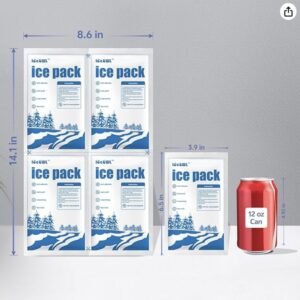
Das Prinzip hinter der hervorragenden Kälte – Die Retentionsfähigkeit von Trockeneisböcken liegt im Sublimationsprozess. Wenn Trockeneis sublimiert, Es absorbiert eine große Menge Wärme aus seiner Umgebung. Diese Wärmeabsorption ist weitaus effizienter als die Wärme – Absorptionsprozess während des Schmelzens von regulärem Eis. Die Hitze der Sublimation von Trockeneis ist ungefähr 571 KJ/kg, das ist viel höher als die Wärme der Wasserhitze (334 KJ/kg). Infolge, Trockeneisbacken können die Wärme kontinuierlich von den Gegenständen entfernen, die sie abkühlen sollen, Aufrechterhalten eines stabilen Tiefpunkts – Temperaturumgebung.
Trockeneisbeutel finden umfangreiche Anwendungen in verschiedenen Branchen. In der Lebensmittelindustrie, Sie werden verwendet, um die Qualität von gefrorenen Lebensmitteln während der Verteilung zu erhalten. Hoch – Endrestaurants verlassen sich oft auf Trockeneisbeutel, um ihre importierten Zutaten zu halten, wie Trüffel und Premium -Fleisch, in Top – Notch -Zustand. Im medizinischen Bereich, Trockeneisbeutel spielen eine wichtige Rolle beim Transport von Impfstoffen, Blutprodukte, und Temperatur – Sensible Medikamente. Die Stabilität des Tiefs – Die Temperaturumgebung, die durch Trockeneisbeutel bereitgestellt wird, ist entscheidend, um die Wirksamkeit dieser medizinischen Versorgung zu gewährleisten.

Jedoch, Bei Verwendung von Trockeneisbeuteln, Es gibt einige wichtige Überlegungen. Da Trockeneis extrem kalt ist, Der direkte Kontakt mit der Haut sollte vermieden werden, um Erfrierungen zu verhindern. Eine angemessene Belüftung ist auch bei der Verwendung von Trockeneisbacken erforderlich, Da das sublimierte Kohlendioxidgas Sauerstoff in einem engen Raum verdrängen kann.
Bei der Auswahl von Trockeneisbeuteln, Faktoren wie die Größe, Kühlkapazität, und die Haltbarkeit der Packs müssen berücksichtigt werden. Unterschiedliche Anwendungen erfordern unterschiedliche Spezifikationen von Trockeneisbacken. Zum Beispiel, Ein kleines – Skalieren Sie die lokale Lieferung von frischen Produkten möglicherweise kleiner, Flexiblere Trockeneisbeutel, während groß – Skalierende internationale Versand von Arzneimitteln kann hoch erfordern – Kapazität, lang – dauerhafte Trockeneisbeutel.
Abschließend, Trockeneisbeutel haben die Eisbeutelindustrie mit ihrer bemerkenswerten Erkältung revolutioniert – Aufbewahrungsfähigkeiten. Durch das Verständnis ihrer Vorteile, Arbeitsprinzipien, Anwendungen, und richtige Verwendungsmethoden, Branchen können das Beste aus diesen leistungsstarken Kühlwerkzeugen nutzen, um die Qualität und Sicherheit ihrer Temperatur zu gewährleisten – Sensible Produkte. Da die Technologie weiter voranschreitet, Wir können weitere Verbesserungen der Trockeneis -Packtechnologie erwarten, sie noch effizienter und Benutzer machen – in der Zukunft freundlich.







